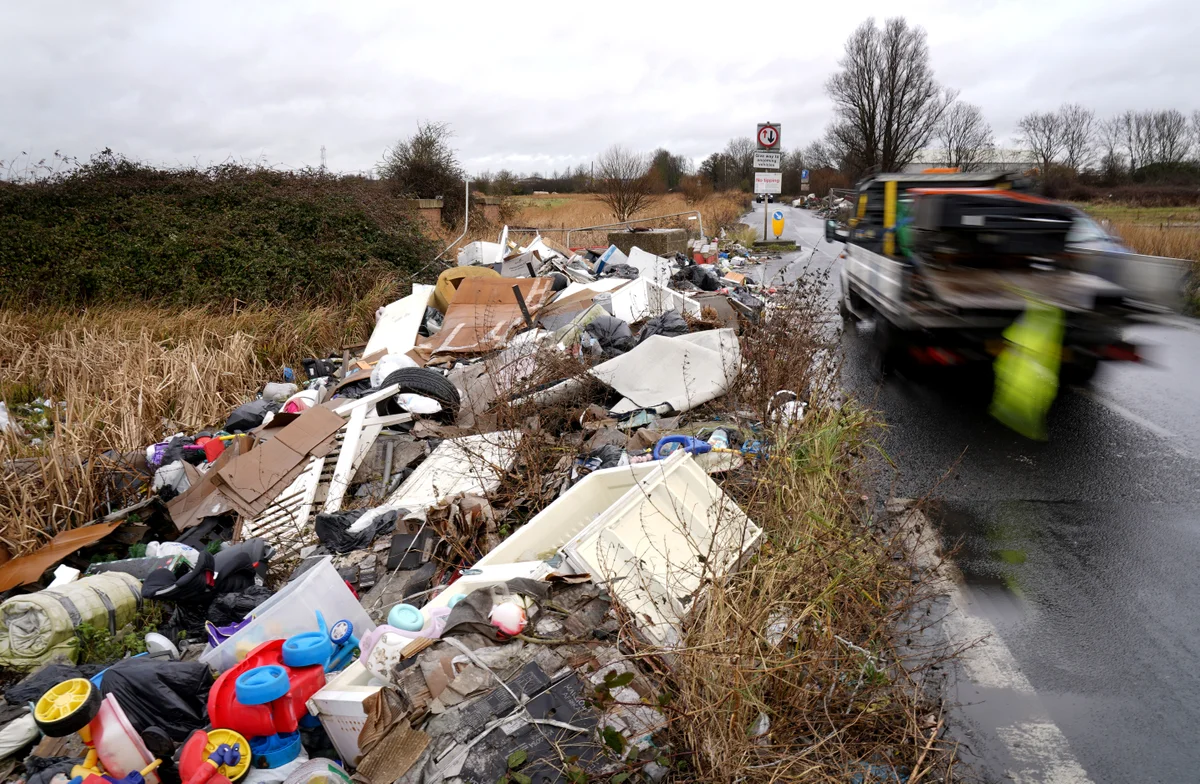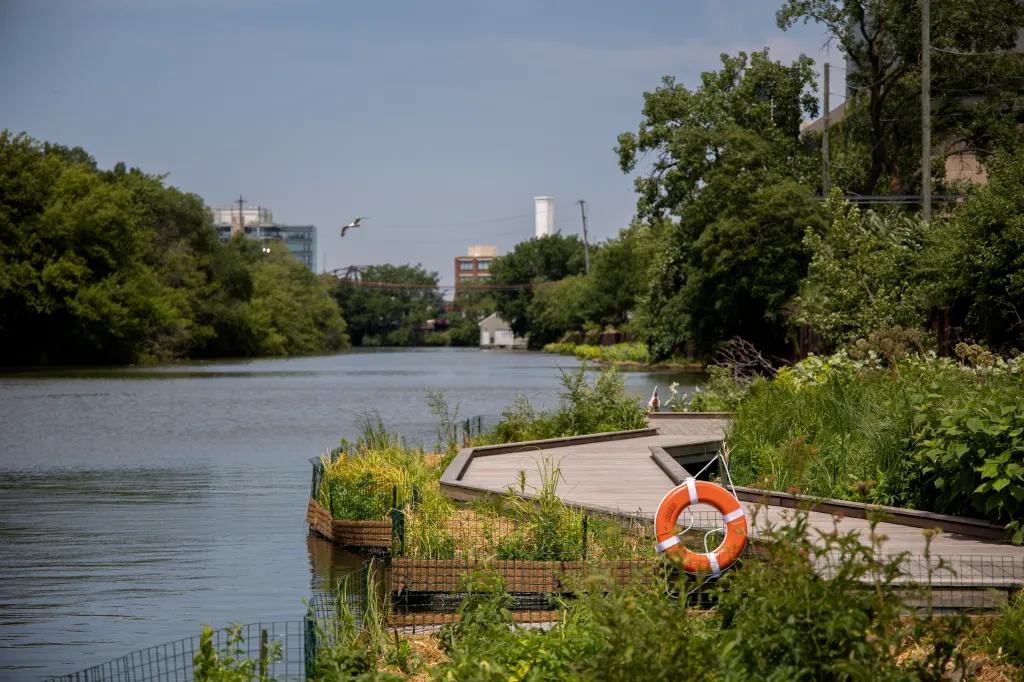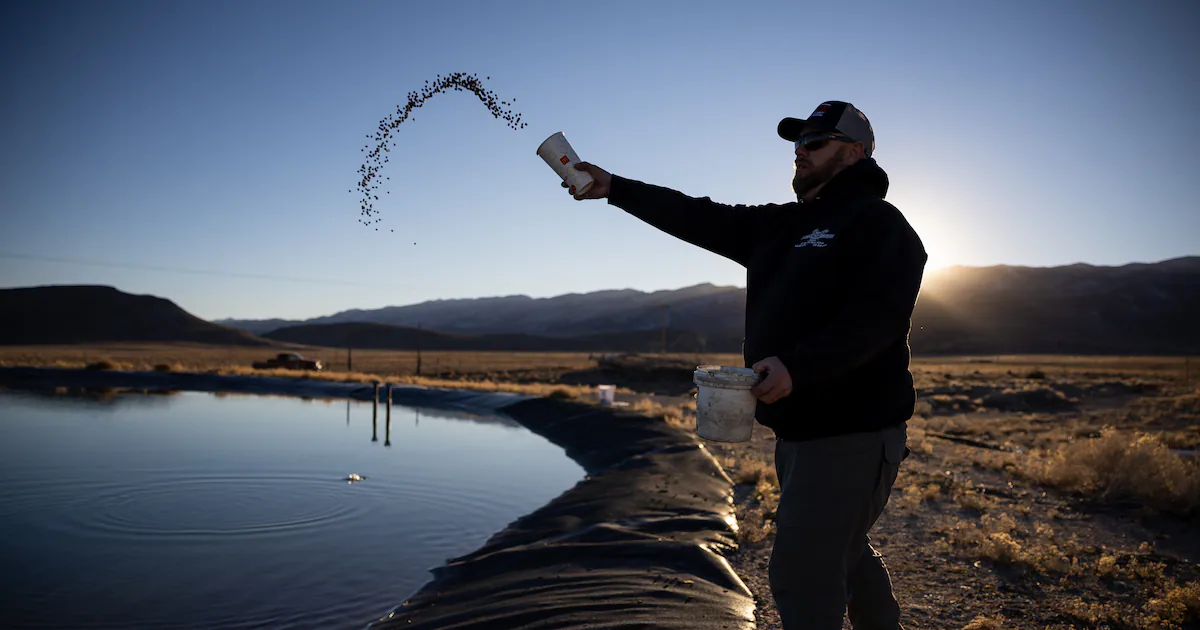Copyright Forbes

Dianna Moore is an Executive Coach and Speaker partnering with high-stakes leaders in cybersecurity, medicine, tech & beyond. For years, resilience has been praised as the ultimate leadership trait. When the pressure builds, when systems break down, when expectations become impossible, the default response has been to tell leaders to be more resilient. But doubling down on resilience isn’t solving burnout. It’s fueling it. And intentionally or not, it’s become a subtle form of corporate gaslighting. Resilience language has become a convenient way for organizations to place the burden of burnout on individuals, rather than confronting the structural and cultural failures that create it in the first place. How Resilience Gets Weaponized When leaders are told to “push through,” “bounce back” or “dig deeper,” the unspoken message is that the problem lies with them, not the environment. Over time, this framing leads to chronic overextension, emotional fatigue and a dangerous cycle: • High performers push harder to meet impossible demands. • Burnout escalates. • They’re told to become even more resilient. In my 25+ years in business leadership, including aerospace and startup C-suites, I’ve seen this dynamic play out across industries. The issue isn’t a lack of resilience. It’s a lack of alignment, clarity and sustainable strategy. Burnout Isn’t About Working Too Hard; It’s About Misalignment We often mistake burnout for a time-management or endurance problem. In reality, burnout accelerates when leaders operate out of alignment, disconnected from their values, energy or long-term vision. Misalignment shows up when: • Priorities shift constantly, forcing leaders into reactive mode. • Communication breakdowns create friction that compounds stress. • Leaders carry the invisible labor of holding everything together. And it’s not a fringe issue. In a 2021 survey, 72% of senior leaders said they were experiencing burnout. In a 2025 survey, 71% of CEOs reported feeling burned out regularly or occasionally. This isn’t about a few people struggling; it’s a systemic leadership crisis. When organizations ignore this reality and simply tell leaders to “be more resilient,” they’re not addressing root causes. They’re reinforcing a broken system. What Actually Works: Building Sustainable Leadership Capacity Instead of prescribing more resilience, organizations and leaders need strategies that address the real drivers of burnout. Sustainable leadership requires clarity, influence, long-term vision and intentional energy management, not more endurance. 1. Clarity Over Toughness Leaders don’t need to “toughen up.” They need clarity around where to direct their energy and what to deprioritize. When vision and expectations are aligned, leaders operate from strategy, not survival. 2. Influence Over Isolation Burnout thrives in environments where communication is unclear and boundaries are weak. Strengthening influence through intentional communication creates healthier dynamics that protect both leaders and their teams. 3. Long-Term Vision Over Short-Term Hustle Hustle culture rewards immediate output but punishes sustainability. Shifting to a long-term lens allows leaders to define success beyond constant performance and create space for recalibration. 4. Energy And Execution Over Endurance Energy isn’t infinite. Leaders who build recovery and renewal into their leadership strategy, not as an afterthought but as a core practice, create the conditions for sustained performance. A Call To Organizations And Leaders Telling leaders to be “more resilient” is easy. Fixing broken systems takes courage. If organizations truly want high-performing, engaged leaders, they must stop individualizing burnout and start addressing its structural roots. And for leaders, thriving isn’t about carrying more. It’s about operating with clarity, setting boundaries, aligning with your values and refusing to let resilience be weaponized against you. Burnout isn’t a personal failure. It’s a systemic signal. And the most strategic leaders know when to stop pushing and start rearchitecting the system they’re operating in.



